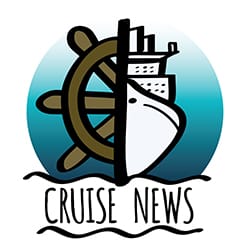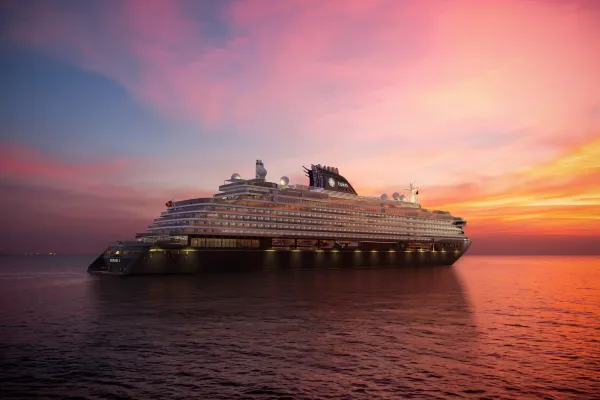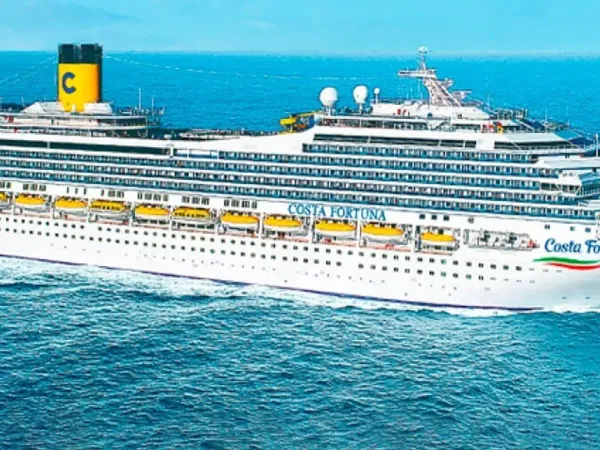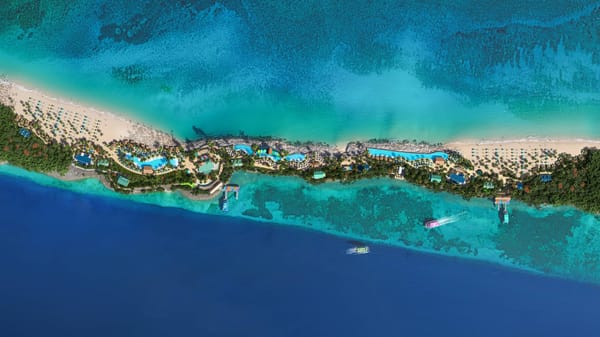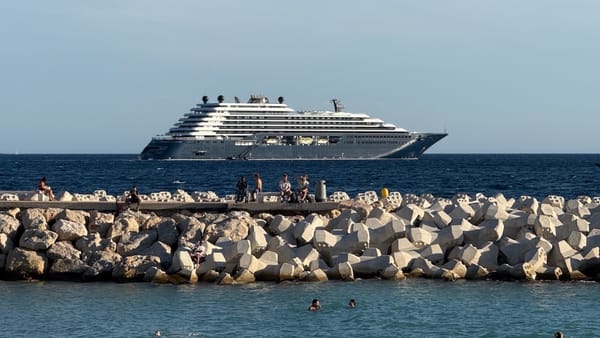Joint U.S.-Canada Rescue Airlifts Two Ruby Princess Passengers at Sea
The joint U.S.-Canada rescue highlights international readiness for medical crises at sea, with agencies coordinating swift airlifts while cruise operations continued without major disruption.
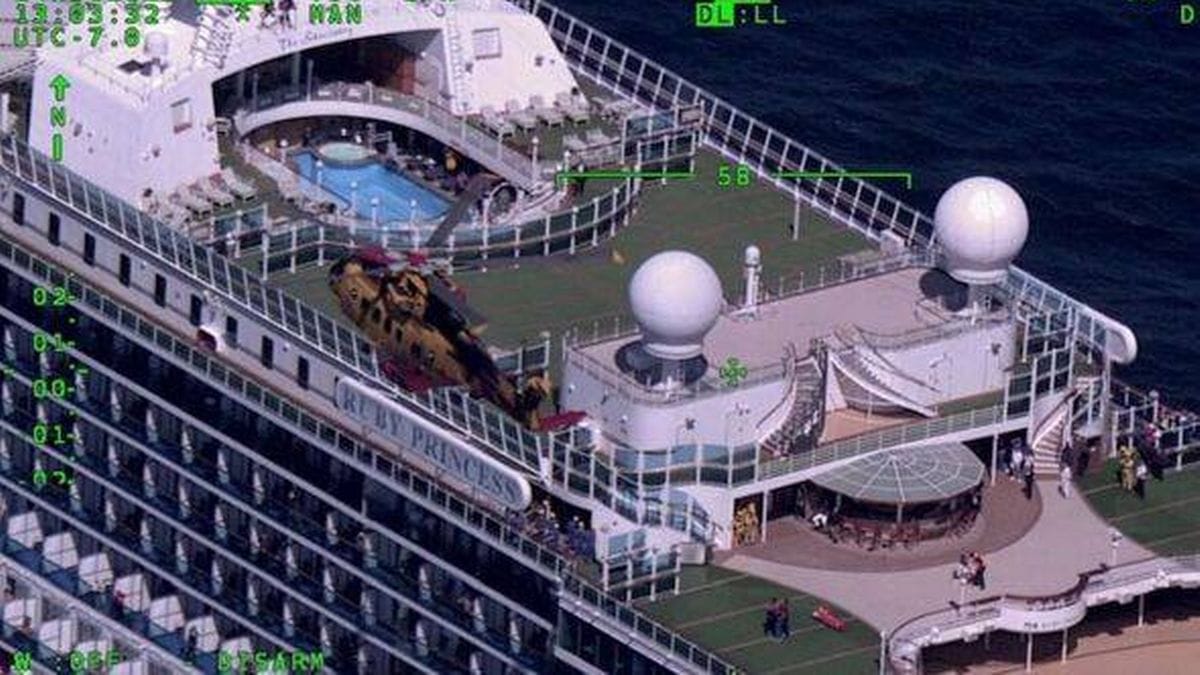
Two passengers aboard the Ruby Princess were medically evacuated in a highly coordinated rescue operation involving the United States and Canada. The stunning joint effort unfolded off the west coast of Vancouver Island as the cruise ship navigated shared waters en route to Alaska, demonstrating the vital importance of cross-border cooperation during maritime medical emergencies.
Details of the Dual Emergency Evacuations
The medical emergencies required swift action due to the life-threatening conditions of the passengers. A 52-year-old woman suffered sudden cardiac arrest and was placed on life support before being airlifted. Simultaneously, a 99-year-old male passenger experienced complete esophageal obstruction, necessitating critical care. The Ruby Princess requested urgent medical evacuations early on Sunday morning, August 24, 2025, while sailing approximately 145 nautical miles west of Cape Flattery, Washington.
A Coordinated Cross-Border Rescue Operation
The synchronized airlift was executed by multiple agencies, leveraging pre-established protocols for cross-border rescues. Assets deployed included the U.S. Coast Guard's MH-65 Dolphin helicopter, the Royal Canadian Air Force's CH-149 Cormorant helicopter and CC-295 Kingfisher fixed-wing aircraft, and operational support from the Canadian Coast Guard. The evacuation teams demonstrated remarkable coordination to successfully extract both passengers under stable weather conditions.
"This rescue operation exemplifies the exceptional international cooperation and the rapid emergency response capabilities of both nations," said Lt. Keil Kodama, spokesperson for RCAF 19 Wing Comox. Cmdr. Kelly Higgins, commanding officer of U.S. Coast Guard Air Station Port Angeles, added, "Our specialized expertise and training allow us to respond rapidly to time-sensitive emergencies at sea."
Execution and Patient Transfers
The 52-year-old female patient was airlifted to Royal Jubilee Hospital in Victoria, British Columbia, while the 99-year-old male passenger was transferred to a Life Flight Network aircraft in Neah Bay, Washington, for further treatment. Video footage by the U.S. Coast Guard captured the delicate operation as rescuers utilized helicopter hoists from the vessel’s deck, showcasing the seamless collaboration and skill required during such missions.
Capt. Dave Moore of the Cormorant helicopter commended the professionalism of the onboard medical staff and rescue teams: "When we arrived at the vessel, everything was very smooth and professional. The Kingfisher aircraft provided top cover and communication support, ensuring the operation proceeded efficiently."
Impact on the Cruise Itinerary
Despite the dual medical emergencies, the Ruby Princess maintained its scheduled itinerary with minimal disruption. While the vessel briefly paused to facilitate the evacuations, it resumed its course promptly, arriving on time at Ketchikan, Alaska, on August 25 as planned.
The cruise departed from San Francisco on August 22 and is scheduled for an 11-night voyage visiting destinations including Tracy Arm Fjord, Juneau, Sitka, Victoria, British Columbia, and eventually returning to San Francisco on September 2. The successful management of this incident underscores the resilience and efficiency of modern cruise operations.
Maritime Preparedness and Cooperation
This event highlights the robust maritime emergency response systems shared by the U.S. and Canada. The well-established partnership between countries facilitates rapid and synchronized reactions to critical situations in shared waters off Washington State and British Columbia. Maritime authorities emphasize the importance of ongoing training and collaboration to ensure passenger and crew safety during medical crises at sea.
Frequently Asked Questions (FAQs)
What prompted the medical evacuations on the Ruby Princess?
Two passengers suffered unrelated life-threatening conditions while onboard, a 52-year-old woman went into cardiac arrest, and a 99-year-old man experienced complete esophageal obstruction.
Who coordinated the rescue operation?
The U.S. Coast Guard, the Royal Canadian Air Force, and the Canadian Coast Guard deployed helicopters and supporting aircraft to execute the simultaneous medical evacuations.
Did the medical emergencies impact the cruise itinerary?
No, the Ruby Princess continued its planned voyage without significant delays, arriving at its next port of call in Ketchikan, Alaska, on schedule.
Where were the evacuees taken for medical care?
The 99-year-old male passenger was flown to a hospital in Washington State via a Life Flight Network aircraft, while the 52-year-old woman was transported to Royal Jubilee Hospital in Canada for advanced treatment.
Why are cross-border rescues significant in maritime operations?
International rescues like this showcase the strength of U.S.-Canada collaboration, leveraging advanced training and protocols to deliver critical care during urgent emergencies at sea.
